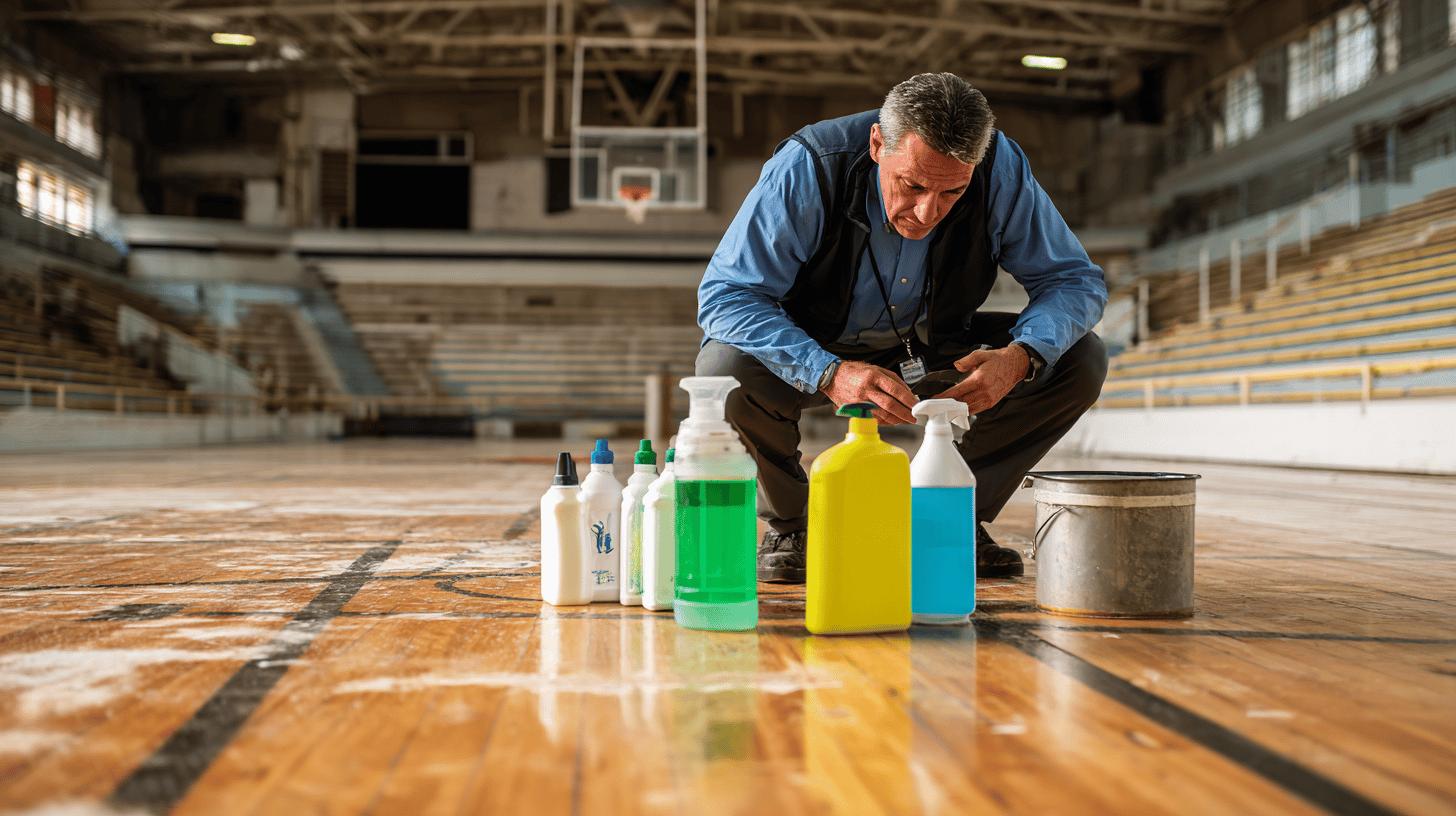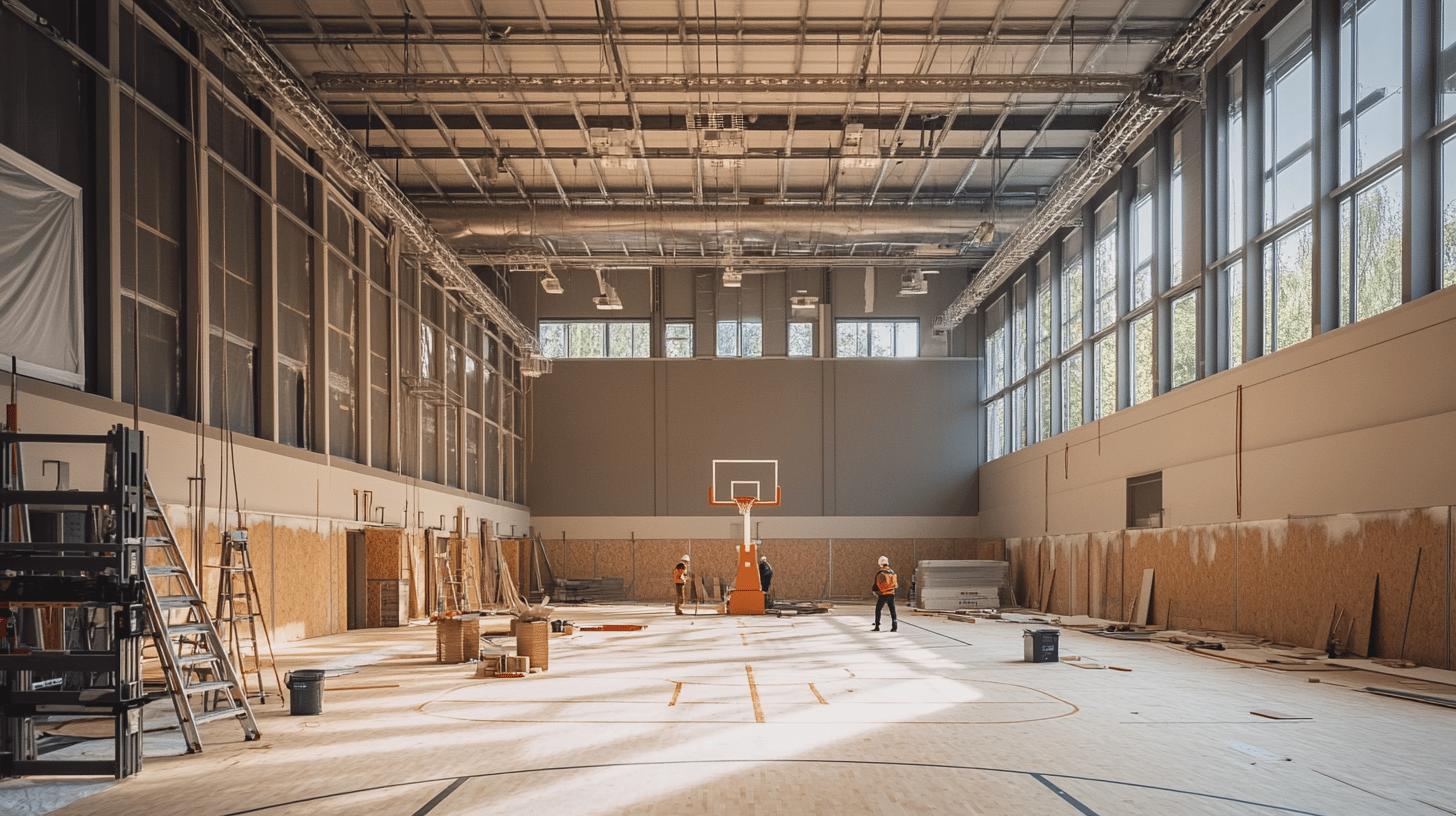Are you overlooking the crucial practice of conducting annual warranty audits for your sports flooring? Ignoring this essential step could jeopardise not only your warranty validity but also the integrity of your sports floor. Regular audits are instrumental in ensuring compliance with warranty terms, including maintenance schedules and damage reporting. This article delves into why these audits are indispensable for maintaining your sports floor guarantee and outlines key requirements that must be met. With the potential risks of neglect evident, understanding and undertaking annual warranty audits can significantly prolong the lifespan and performance of your flooring.
Understanding the Importance of Annual Warranty Audits
Conducting annual warranty audits is pivotal for maintaining the validity of a sports floor guarantee. These audits are not merely procedural; they are essential in ensuring that the warranty remains enforceable. Without regular audits, minor issues could escalate into significant problems, potentially voiding the warranty and leading to costly repairs. The process allows facility managers to verify adherence to warranty conditions, which typically include maintaining proper environmental conditions, such as humidity and temperature, and using approved cleaning products. As warranties often stipulate specific maintenance schedules, these audits ensure compliance, safeguarding the floor’s longevity and performance.
- Adherence to maintenance schedules
- Use of approved cleaning products
- Immediate reporting of damages
- Maintenance of proper environmental conditions
- Engagement of certified professionals for repairs
.
Regular audits play a crucial role in the early detection of potential issues, allowing facility managers to address them promptly. This proactive approach not only prevents the escalation of minor defects but also ensures compliance with warranty terms, such as timely maintenance and reporting. By adhering to these guidelines, facilities can maintain the integrity of their sports floors, avoiding unnecessary costs and disruptions. Through diligent auditing practices, the longevity and functionality of the flooring are preserved, thereby extending the life of the sports floor while ensuring safety and optimal performance.
Steps to Conduct a Successful Sports Floor Audit
Conducting a successful sports floor audit is essential to maintaining the integrity of the warranty associated with the flooring. This process involves a thorough inspection to identify potential issues that could void the warranty. To ensure all bases are covered, the following steps can guide facility managers through an effective audit procedure.
Creating a Comprehensive Maintenance Checklist
A detailed maintenance checklist is crucial as it serves as the backbone of the audit process. This checklist should cover all aspects of the floor’s upkeep, including daily cleaning routines, environmental condition monitoring, and any specific manufacturer-recommended practices. By systematically checking each item, facility managers can ensure that all warranty requirements are being met. This proactive approach helps in identifying any areas that might need attention, thereby preventing minor issues from evolving into significant problems.
Scheduling Regular Inspections
Regular inspections are vital in maintaining warranty validity. How often should these inspections occur? Ideally, they should be scheduled quarterly or bi-annually, depending on the floor’s usage and the warranty stipulations. These inspections help in early detection of wear and tear or any damage that could void the warranty. Regular assessments also provide an opportunity to adjust maintenance practices as needed, ensuring that the flooring remains in optimal condition throughout its lifespan.
Keeping Detailed Maintenance Records
Maintaining detailed records of all maintenance activities is critical to ensure compliance with warranty terms. These records should include dates of inspections, cleaning logs, environmental condition reports, and any repair work carried out. Why is this documentation important? It serves as evidence of adherence to warranty conditions and can be invaluable in the event of a warranty claim. Detailed records also facilitate transparent communication with manufacturers, further ensuring warranty validity.
Involving a professional in the audit process can significantly enhance its effectiveness. Professionals bring expertise and an objective perspective, ensuring that all aspects of the warranty requirements are thoroughly reviewed and documented. Engaging with a specialist not only reinforces the audit’s credibility but also provides facility managers with expert insights on optimising maintenance practices. This collaborative approach can greatly contribute to the long-term integrity and performance of the sports flooring.
Common Pitfalls that Could Void Your Warranty

Neglecting regular maintenance is a major pitfall that can void a sports floor warranty. Failing to adhere to warranty conditions, such as using unapproved cleaning products or ignoring recommended maintenance schedules, can compromise floor durability. When maintenance is overlooked, the floor can develop uneven surfaces and slippery conditions, posing significant safety hazards. These issues not only increase the risk of athlete injuries but also present liability concerns for facility managers. To avoid these pitfalls, it is crucial to follow approved maintenance practices and ensure all cleaning methods align with the manufacturer’s guidelines.
- Uneven surfaces
- Slippery conditions
- Increased injury risk
.
Addressing minor issues promptly is essential in maintaining warranty validity and ensuring guarantee compliance. Small problems, if left unattended, can escalate into larger, more costly repairs that could render the warranty void. Regular inspections and immediate attention to any signs of wear and tear are vital strategies in preserving the integrity of the sports floor. By prioritising timely maintenance and repairs, facility managers can sustain the floor’s performance and extend its lifespan, thereby safeguarding the warranty and minimising potential risks.
Real-World Examples of Successful Warranty Retention
Learning from real-world scenarios provides valuable insights into maintaining sports floor warranty assurance. Facilities that implement proactive care and adhere strictly to warranty guidelines not only retain their warranty but also enhance the longevity and performance of their floors. These case studies highlight the tangible benefits of diligent maintenance and timely interventions.
Proactive Care for Long-Term Warranty Retention
In one notable case, a university sports facility demonstrated the effectiveness of a proactive maintenance strategy. By implementing a robust schedule of regular cleaning and environmental monitoring, the facility ensured that all warranty conditions were met. The result was not only a valid warranty but also an extended lifespan for their sports floor. The facility’s management emphasised the importance of aligning daily maintenance practices with the manufacturer’s recommendations, which included using approved cleaning agents and maintaining optimal humidity levels. This proactive approach allowed them to detect minor issues before they escalated, thereby preventing significant damage and maintaining warranty validity.
The Role of Timely Repairs in Maintaining Warranty
Another example illustrates the critical role of timely repairs in warranty retention. A community sports centre faced potential warranty issues due to minor damages observed during routine inspections. By addressing these repairs promptly, the facility avoided further deterioration that could have voided their warranty. Engaging with certified professionals for repairs ensured compliance with warranty terms, showcasing the importance of immediate action in preserving both the floor’s functionality and the warranty. This case underscores the value of having a detailed response plan for maintenance and repairs, allowing for quick and efficient handling of any arising issues.
These examples demonstrate that successful sports facility management hinges on proactive care and timely intervention. By applying these lessons, facility managers can ensure warranty assurance and optimise floor performance. A strategic approach to maintenance, rooted in regular audits and prompt repairs, not only safeguards the warranty but also enhances the overall integrity and usability of sports flooring.
Expert Tips for Maintaining Sports Floor Warranty Validity
Engaging with the flooring manufacturer or installer is crucial for obtaining expert warranty guidance. Why is this interaction important? Establishing a direct line of communication helps facility managers understand specific maintenance requirements unique to their flooring type. This professional maintenance advice ensures that all actions taken are in accordance with the warranty terms, thus preventing inadvertent voiding of the warranty. Manufacturers and installers can provide tailored recommendations for cleaning products, maintenance schedules, and environmental conditions, all of which are integral to retaining warranty validity.
- Develop a relationship with your flooring manufacturer for customised maintenance guidance.
- Use only manufacturer-approved cleaning products and techniques.
- Schedule regular professional inspections to assess the floor’s condition.
- Keep a detailed log of all maintenance activities and communications with the manufacturer.
.
Maintenance documentation plays a vital role in successful warranty retention. Why is keeping detailed records essential? Meticulous documentation provides proof of compliance with warranty conditions and can be invaluable in the event of a warranty dispute. By maintaining a comprehensive record of all maintenance activities, including dates, products used, and environmental conditions, facilities ensure transparency and accountability. This level of documentation not only safeguards the warranty but also facilitates seamless communication with manufacturers, thereby reinforcing the validity of the warranty and preventing costly repairs.
Final Words
Regularly conducting annual warranty audits is imperative for keeping your sports floor guarantee valid. By identifying potential issues early, including compliance with maintenance schedules and cleaning products, these audits ensure warranty validity and reduce the risk of voiding it.
Implementing comprehensive maintenance strategies, like creating a checklist, scheduling inspections, and maintaining records, bolsters warranty assurance. Staying vigilant against common pitfalls such as irregular maintenance and unapproved methods can further safeguard your investment.
Proactive and informed management ultimately translates into enhanced floor durability, longer lifespan, and improved facility safety—ensuring peak sports facility performance.
Schedule warranty audit → Indoor Inspections & Maintenance
FAQ
What is a warranty audit?
A warranty audit is a systematic review ensuring compliance with warranty terms.
It helps maintain warranty validity by identifying necessary repairs
and ensuring maintenance adheres to the warranty agreement.
What are the 7 steps in the audit process?
To conduct a successful audit:
- Define Audit Objectives: Establish clear goals to guide the process.
- Prepare an Audit Plan: Develop a comprehensive checklist.
- Collect Data: Gather all necessary maintenance records and documentation.
- Inspect the Floor: Conduct a detailed physical inspection for any issues.
- Review Compliance: Check adherence to warranty terms and conditions.
- Report Findings: Document any discrepancies or areas needing attention.
- Implement Corrections: Address identified issues promptly to retain warranty validity.
.
These steps ensure a thorough review and support warranty retention.


